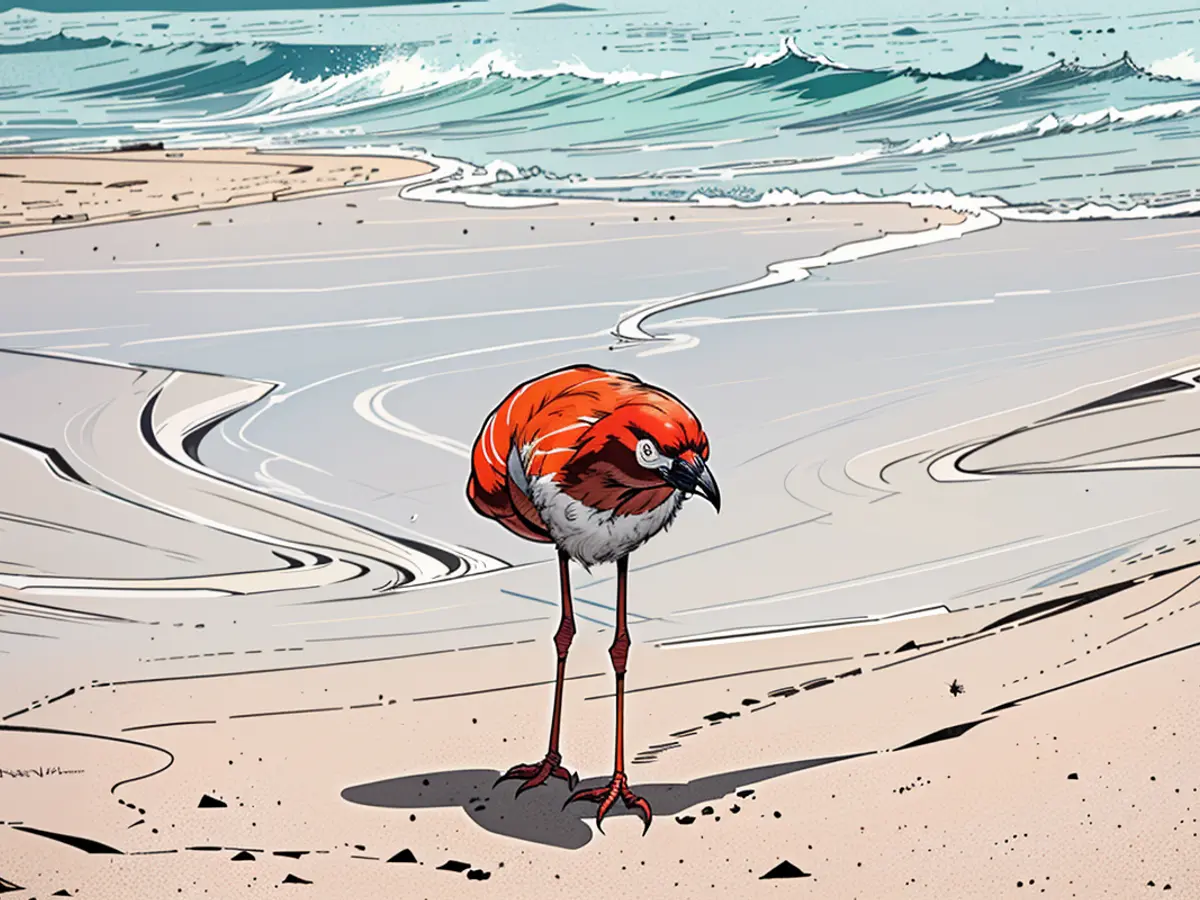A photo of a flamingo seemingly on fire won an AI recognition, despite being a genuine image.
Just like AI images that can have distorted anatomy, such as too many teeth or fingers, the flamingo seemed to be headless as it bent its neck to scratch itself with its beak.
To the astonishment of Astray, it won third place in the category and the People's Vote award.
He mentioned to CNN through email that it was surprising to make it onto the shortlist in such a big competition since it's always a bit of a gamble with so many fantastic images vying for attention. After it got shortlisted, he started campaigning for people's votes, but he didn't know how close he was to winning until the announcement.
After the winners were announced, Astray contacted the Creative Resource Collective, the agency that runs the 1839 Awards, and reported his deception on social media.
"I entered this real photo into the AI category of the 1839 Awards to demonstrate that human-created content still matters, that nature and the artists who interpret it can still triumph over machines, and that creativity and emotion are more than just a series of numbers," Astray wrote. "There were ethical questions, of course, so I was expecting the jury and the audience to decide if the criticism of AI and its moral dilemmas outweighed the ethical implications of misleading the spectator, which is ironic because that's exactly what AI does."
Following his disqualification from the competition, Lily Fierman, the director of Creative Resource Collective, released a statement to CNN, saying, "Each category in our competition has specific criteria that entrants' images must fulfill... we don't intend to hinder other artists from competing in the AI category."
Fierman said there were no ill feelings and that their team intends to collaborate with Astray on a dialogue about AI-generated photos, leveraging his submission as a spark for discussion.
"We hope this will increase awareness (and send a message of hope) to other photographers who are concerned about AI," she added.
Creative Resource Collective didn't address how their AI and non-AI photography categories are judged and assessed.
Astray stressed that the flamingo was a serendipitous occasion and not something he purposely sought out.
"I wasn't intentionally searching for a photo suitable for this prank," he explained to CNN. "Instead, the idea had been lurking in some forgotten corner of my mind, more subconsciously than consciously, and when I saw this photo, it emerged. It's just the ideal shot for this because the situation is so bizarre and for such a straightforward reason: a flamingo scratching its tummy."
Read also:
Astray considered entering the flamingo photo into the 'AI style' category of future arts competitions, believing it could spark a conversation about the role of human creativity versus AI.In the world of contemporary arts, debates surrounding the use of AI in creating stylistic interpretations of real-world images are commonplace.








